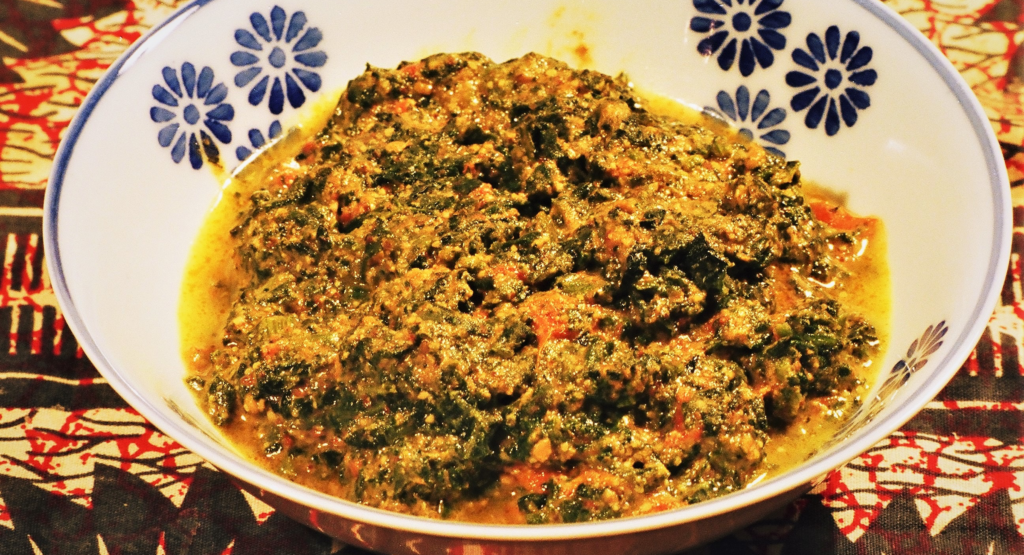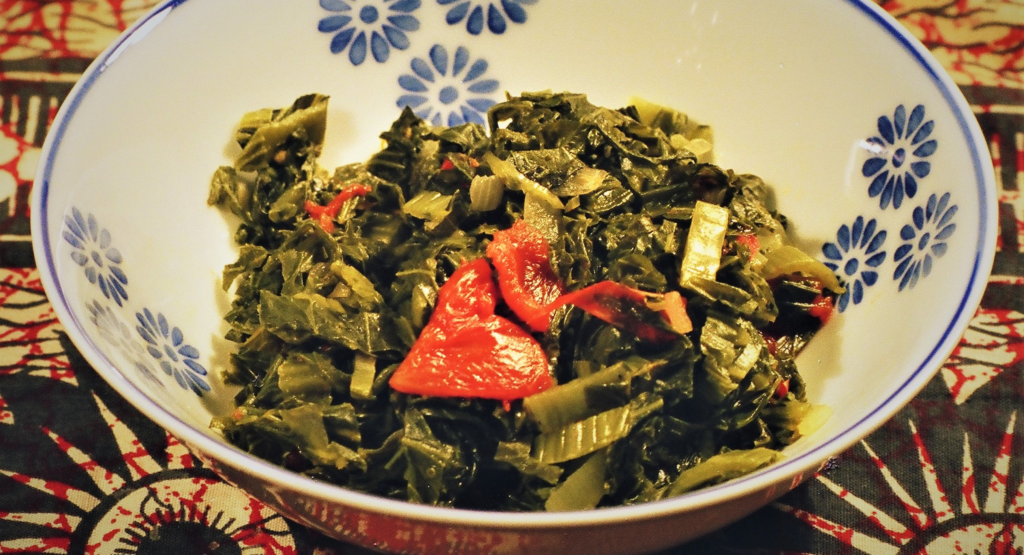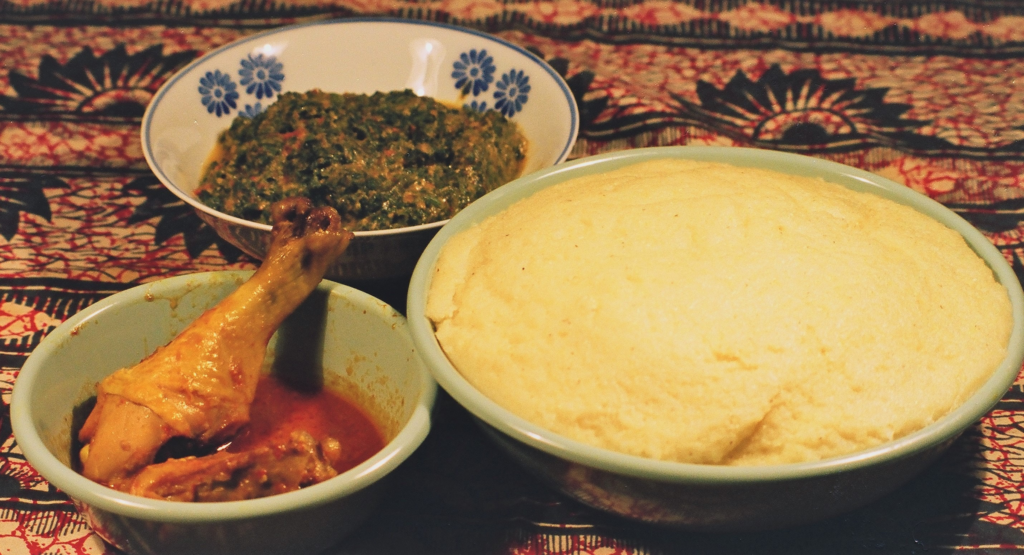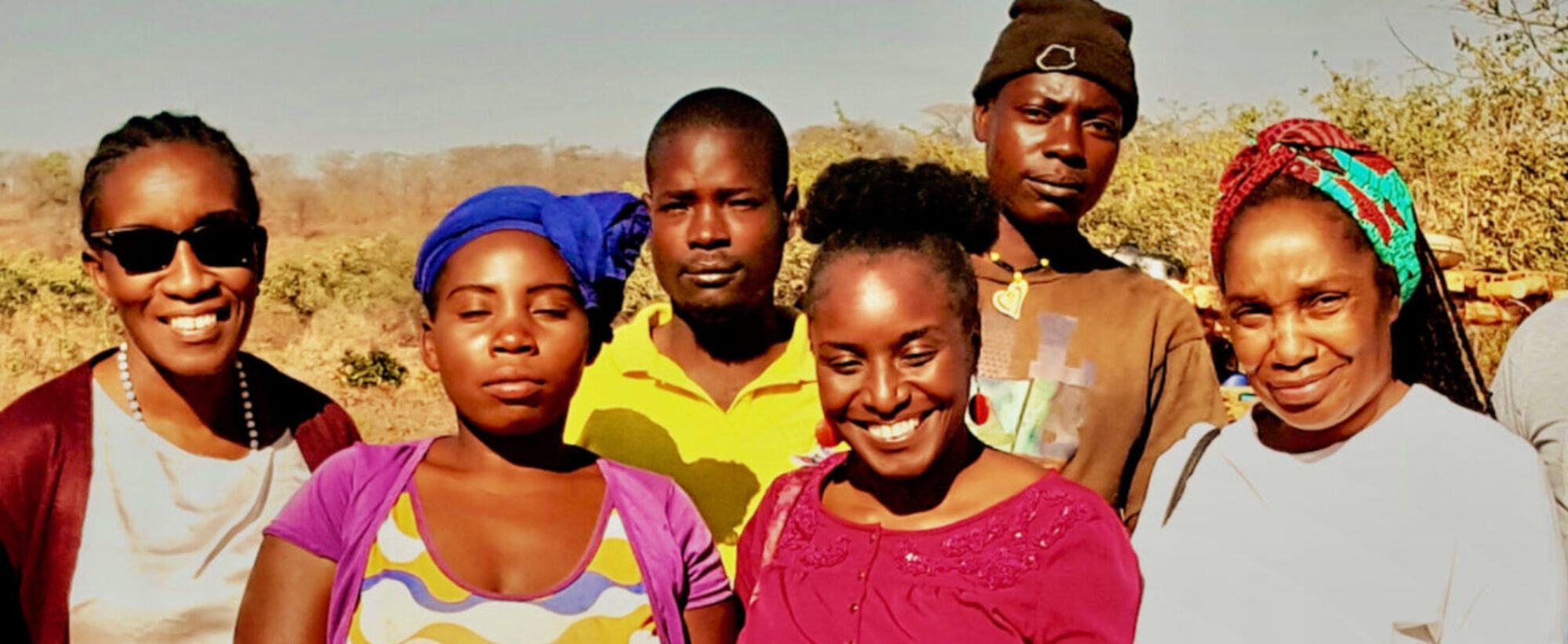Food and Diet
As much as possible, the food will be grown, stored, and processed at the Mwizenge Sustainable Model Village. All the food and the diet will be natural foods grown in the village as it was in the 1950s and continues to be through the present.
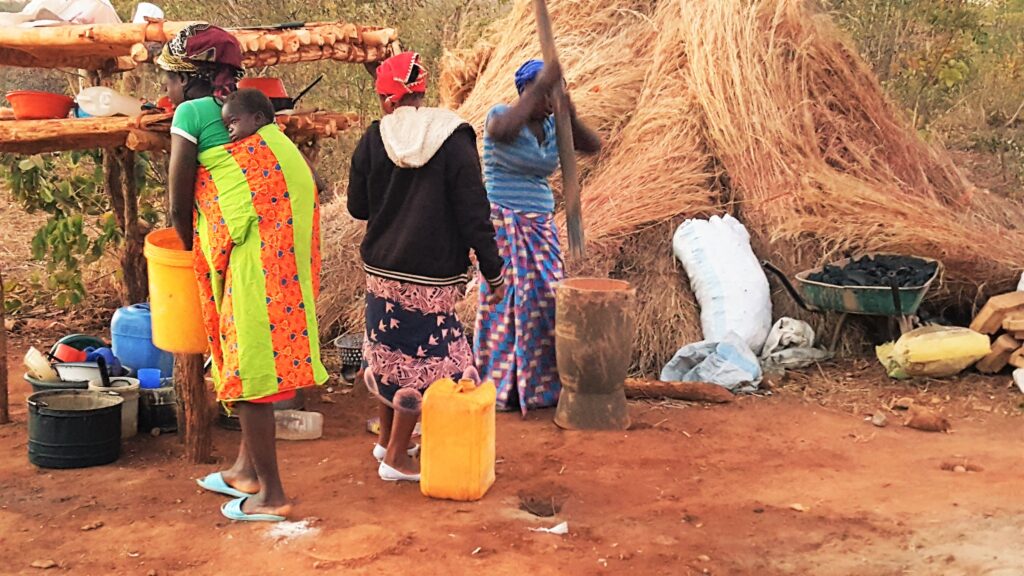
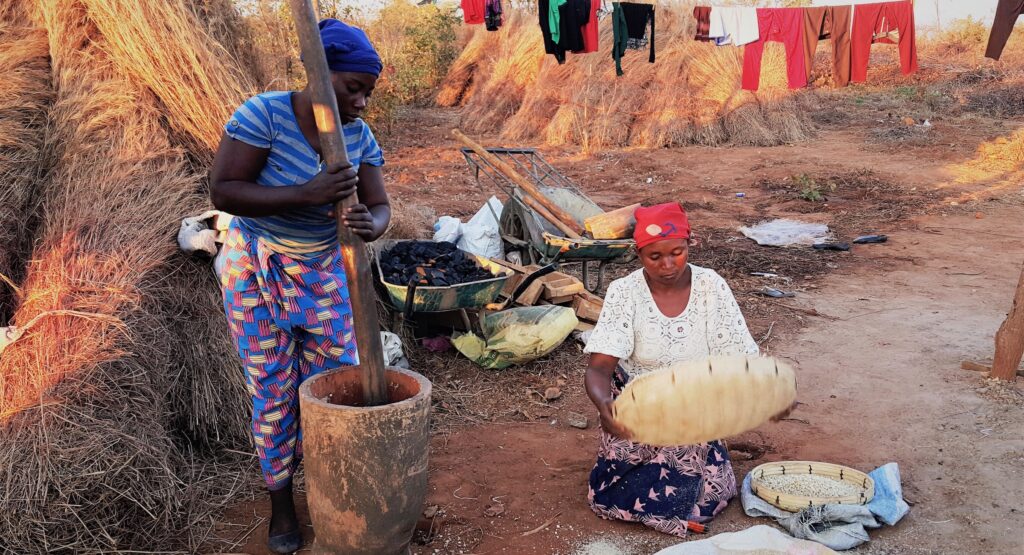
On the right at the entry to the village will be the village 4 Hectares or 9 Acre plot that will grow all the food using the traditional subsistence farming methods. These 9 Acres will grow traditional and hybrid maize, peanuts, peas, beans, cucumbers, many varieties of sweet potatoes, field tomatoes or mphatikire, cassava, lumanda, pumpkins, majungu, zghama, watermelons, njibvo, mangoes. In an effort to grow species that are native to the area, seeds from a large varieties of majungu will be collected from Lundazi villages.
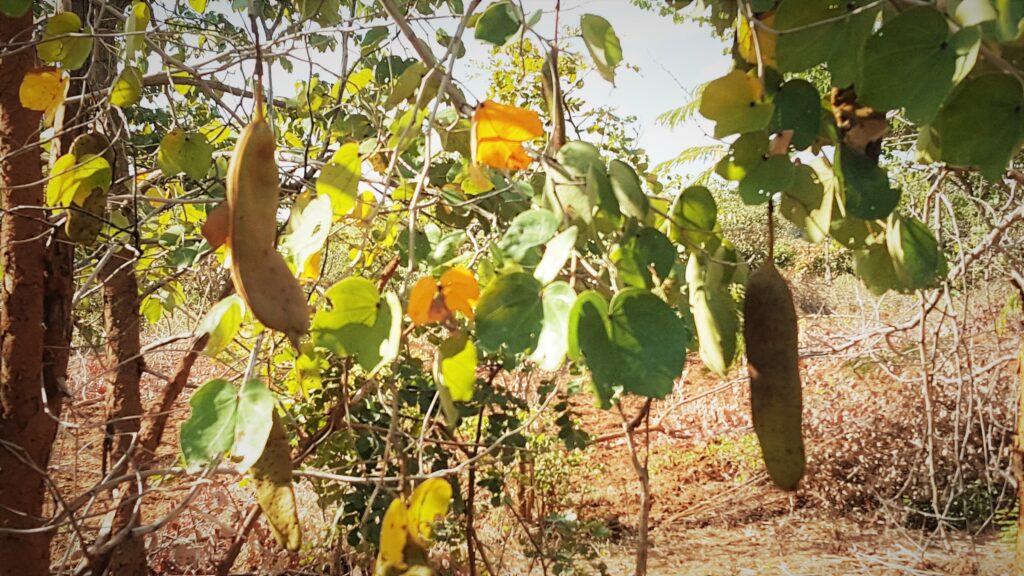
This field will provide fresh green vegetables during the rainy season; pumpkin leaves or mphangwe ya nyungu, pea leaves or mtambe, sweet potato leave or chimphorya, okra or chilungunthanda, and cassava leaves. During the rainy season natural green vegetables will also become available such as kabata, chererwa, bondokotwe, and luni. During March, some of the vegetables will be dried using the traditional methods and stored away to eat later during the dry season.
Bananas, mangoes, guavas, oranges, pawpaws and mulberries will be planted in an orchard and around and behind the 6 huts and the main house. Five different varieties of mango trees will be planted in the 4 Hectare or 9 Acre field. Sugar canes will be planted in the dambo nearest to the village.
